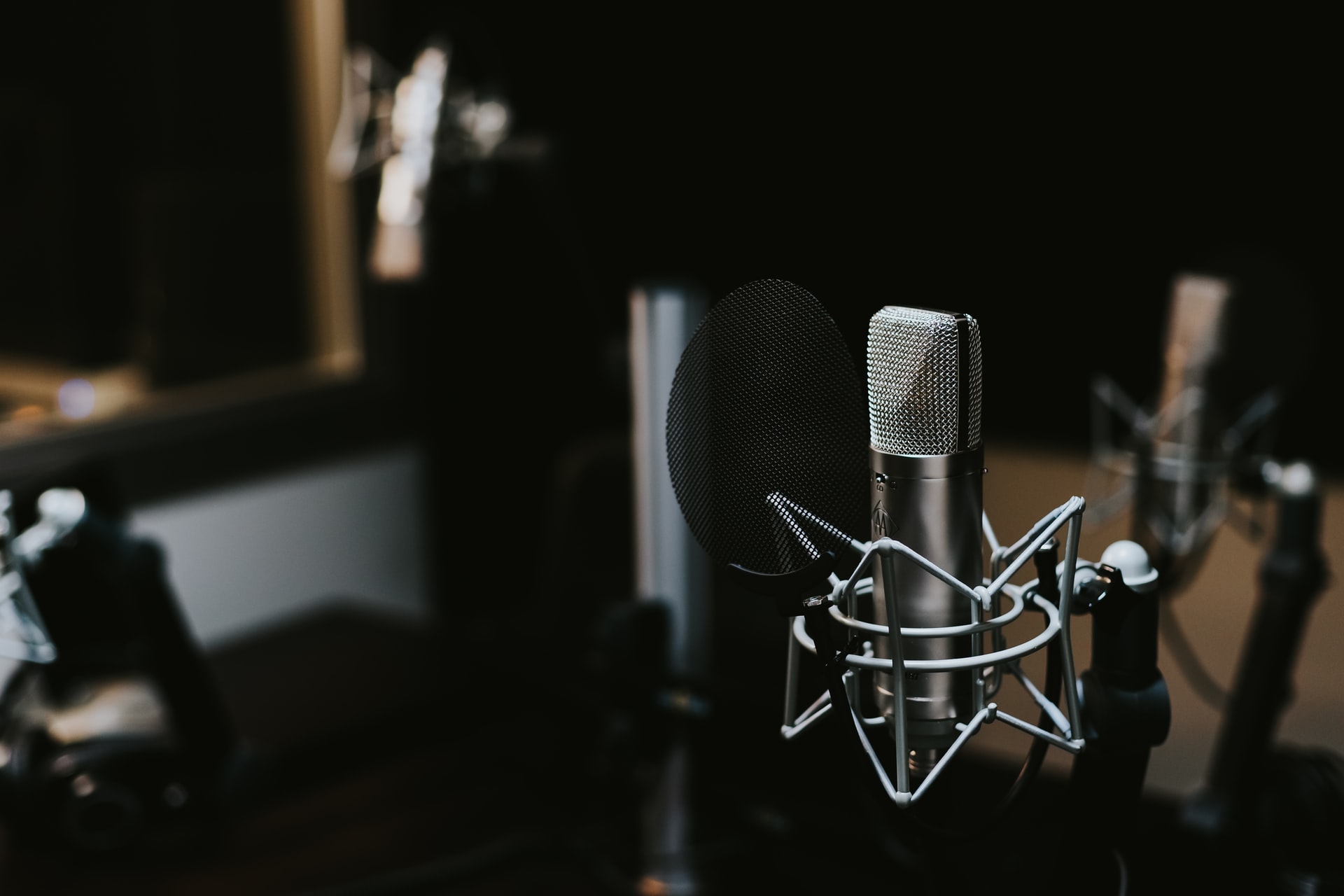
Featured Post
IAB Australian Audio State of the Nation Report
Statistics:
- 7 in 10 (73%) media agencies now have streaming digital audio advertising as a significant of their activity, or regularly consider it
- 6 in 10 (59%) of media agencies now regularly consider podcast advertising (increasing from 36% last year)
- 64% of media agencies intend to use programmatic for audio advertising over the next 12 months
- 84% of agencies using audio advertising have used podcast advertising
- Podcast advertising is used by media agencies primarily for increasing brand awareness and engagement
- Recorded radio spots and brand ads are the most used podcast creative formats, with 44% of agencies using these formats
- Media agencies invest most in the society/culture genre, followed by news, business, comedy, sports, tech and true crime
Effectiveness:
Metrics used by agencies to measure effectiveness of podcast advertising from most to least popular:
- Completion
- Visits to website
- Brand impact metrics
- Reach
- Frequency
- In-target reach
- Sales
- Ad muted/unmuted
- Audible quartiles
- Companion as click through
- In store visits
Lack of measurement/standardised metrics is the biggest thing stopping media agencies from using podcast advertising (52%), followed by lack of addressability, lack of evidence of effectiveness, lack of integration into wider campaigns and lack of understanding around the cost vs benefit.
However – this is somewhat of a myth. These metrics can be used to assess effectiveness:
- Brand Lift Studies: The original reporting method for podcasts, that’s still widely utilised.The methodology is usually a pre and post campaign survey of a sample community to measure responses before and after being exposed to the creative. Metrics include: Prompted & unprompted awareness, Brand statement association, Campaign & creative recall, Purchase Intent / product trial.
- Campaign Measurement: Publishers can now provide advertisers with real time access to their campaigns, to monitor Reach & Frequency, Geolocation and Delivery. The same technology also works to unite campaigns airing across multiple publishers providing universal measurement. Providers that facilitate this service via publishers include Podsights and AdsWizz. Publishers provide access to agencies, via a link to monitor campaign in real time.
- Attribution: Brands can now take podcast measurement a step further. This works by placing a pixel on the podcast ad and another on the brand’s website or app. When the same device that heard the ad is seen on the brand’s site, the attribution is logged. Brands can tagup their website to follow podcast listeners through the funnel across product views to purchase. Promo codes and vanity URLs are a thing of the past.
- Footfall: Footfall attribution is now also in place across the audio industry with great success due to the mobile-first nature of audio. Location providers (Bliss, Near, Hyp) provide pixel tracking on the creative, matched with location data to provide attribution. These typically track visitation rates, average visits per person and uplifts compared to a control group.
Podsights Benchmark Australian Report
- Podcasts globally are seeing the highest level of engagement recorded, now converting 13.6% of attributable ads into leads (up from 9.2% a year ago)
- The conversion rate, which is the percentage of listeners exposed to an ad who then visits a brand’s website or app, is 62% higher on ARN’s iHeartPodcast Network Australia compared with the Podsights global average
- Sequential advertising yielded the highest average conversion rate for site visit conversions
- The highest conversion rates came from full buyouts of episodes. For individual podcast ad impressions, pre-roll placements slightly outperformed mid-rolls.
- Globally, the average conversion rate rises with the number of spot placements within an episode.
